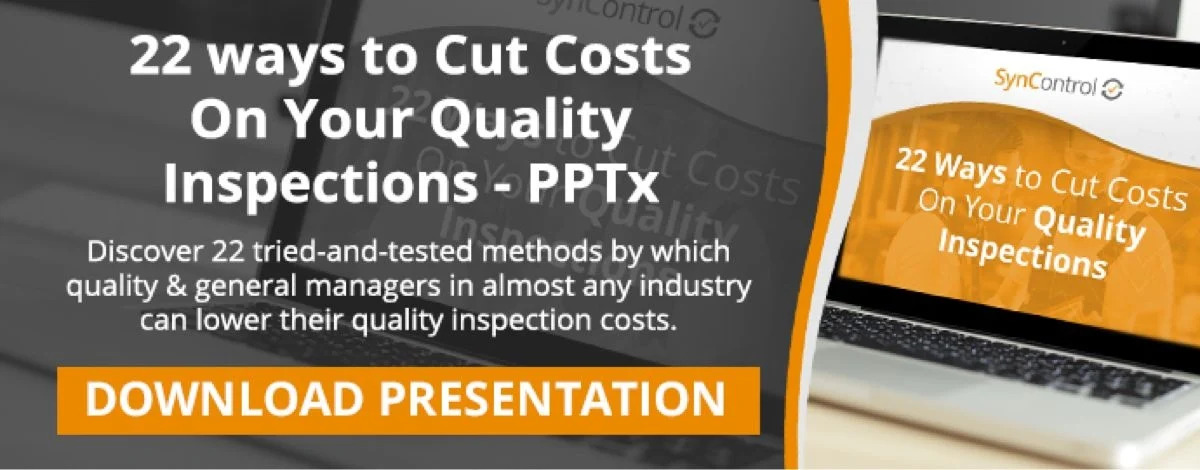Have you designed a product, and specified many measurement points? Great. This will help the manufacturer ‘get it right’. However, should your inspectors spend hours checking all those points? Probably not.
For example, a bike can be a fairly technical product. There can be 500 checkpoints. But, in reality, only a dozen need to be measured. The rest can be checked visually, or with a quick ride. In case of a doubt, and only in that case, should more points be checked.
The same is true for tests. Imagine an Android phone. How can an inspector check all functions? There is no way it will happen. However, a smart checklist will only list a few points that help ensure the underlying features (ringing, calling, talking, listening, wifi reception, Bluetooth reception…) are working fine on the devices being inspected.
Ideally, the designers/engineers would specify what points will be to be checked. Unfortunately, in the real world, this seldom happens. So it’s up to a quality engineer to make that call.
There are usually a few options on how to save time on product inspections. Here are a few examples related to measurements:
- Some points should be checked only on 1 piece – for example all products were cut together, or they come out of the same mold.
- Some points should not be checked at all – a visual check (e.g. stacking garments on top of each other) should detect serious issues.
- Whenever applicable, QC gauges (for mechanical products) can speed up dimensional checks.
The problem is, some information is missing here. What if some aspects of the product are very important to customers (‘Critical To Quality’)?
Here is a simple decision making process we suggest.

Is this product characteristic very important to customers? Obviously you need to know your distribution channel and your customers. What is inconsequential for give-away promotional items can be literally a life-or-death matter for a medical device.
Is there a high likelihood of occurrence? Here you need to look at production processes and past QC data. If, for example, a checkpoint was ‘passed’ in the last 5 inspections in a factory, it might make sense to remove that checkpoint from future inspections at that factory.
What have your experiences been? Have you managed to get the designers to indicate what is Critical To Quality, or have you had to make decisions based on past experience?


